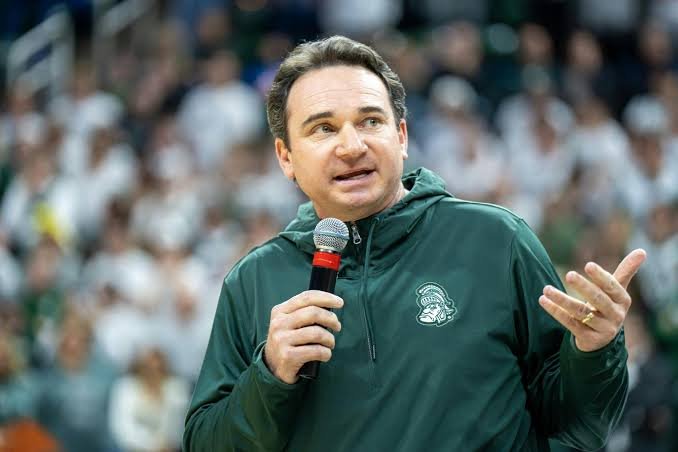Michigan State Spartans head coach is under mounting pressure following back-to-back seasons that have failed to meet expectations. The struggles have been particularly glaring given the high hopes surrounding his tenure, especially after an underwhelming debut in SEC play. For a program with a proud football tradition and a fan base accustomed to competitive seasons, the recent string of lackluster performances has sparked growing concerns about the team’s direction. Many had anticipated that the coach’s leadership would quickly restore the Spartans to prominence, but the on-field results have been far from convincing.

Despite these setbacks, Michigan State’s administration showed confidence in their coach by awarding him a six-year, $51 million extension — a clear sign of their belief in his long-term vision. This decision, however, has drawn criticism from some corners, as skeptics question whether such a substantial financial commitment is justified without tangible success. Supporters argue that stability is crucial for rebuilding a program, while detractors see it as a gamble on a coach who has yet to prove he can deliver consistent results in one of the toughest football landscapes in the country.
In an effort to inject fresh ideas and strategic expertise, the head coach brought in former NFL executive Jim Nagy. Known for his keen eye in talent evaluation and team-building, Nagy’s arrival was hailed as a potential turning point for the Spartans. The hope was that his professional-level insights could help identify and develop players capable of competing at the highest collegiate level. However, while recruiting efforts have shown some promise, the transition from paper potential to on-field production has yet to fully materialize.

The Spartans’ offensive and defensive inconsistencies remain a major hurdle. The team has shown flashes of potential, but those moments have often been overshadowed by costly mistakes, missed opportunities, and an inability to close out tight games. Critics point to the lack of discipline and execution in crucial moments as evidence that the coaching staff has more work to do in terms of preparation and game management. Meanwhile, rival programs within the SEC have been quick to exploit Michigan State’s weaknesses, further highlighting the competitive gap.
Off the field, the pressure is also building from the fan base and alumni network. Michigan State supporters are known for their passion and high standards, and patience is wearing thin. Ticket sales, booster support, and overall morale hinge heavily on the team’s performance, and another subpar season could trigger louder calls for accountability. While the administration remains publicly supportive, the reality is that collegiate athletics is a results-driven business — and the clock is ticking.

Looking ahead, the upcoming season may be the most pivotal of the coach’s career. With a challenging schedule and no shortage of critics waiting to pounce on any misstep, he will need to rally his players, sharpen his strategies, and prove that he can turn promise into progress. The extension and the hiring of Jim Nagy have bought him time, but that window is rapidly closing. For the Spartans to reclaim their competitive edge and quiet the growing noise, the head coach must deliver — not just in recruiting pitches or press conferences, but where it matters most: on the scoreboard.
